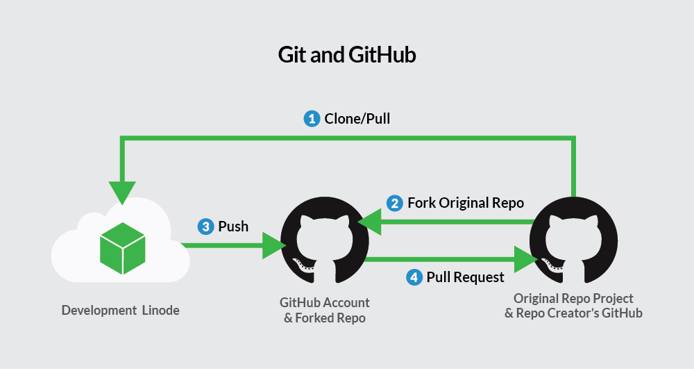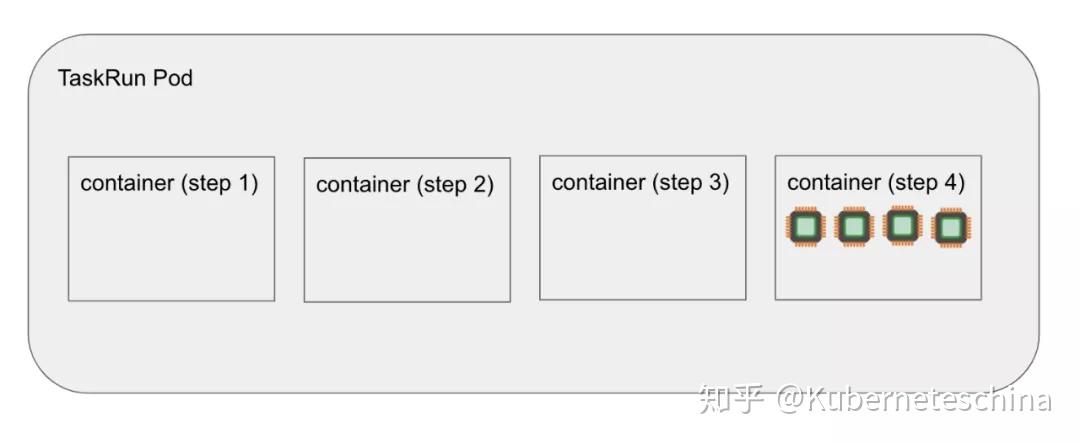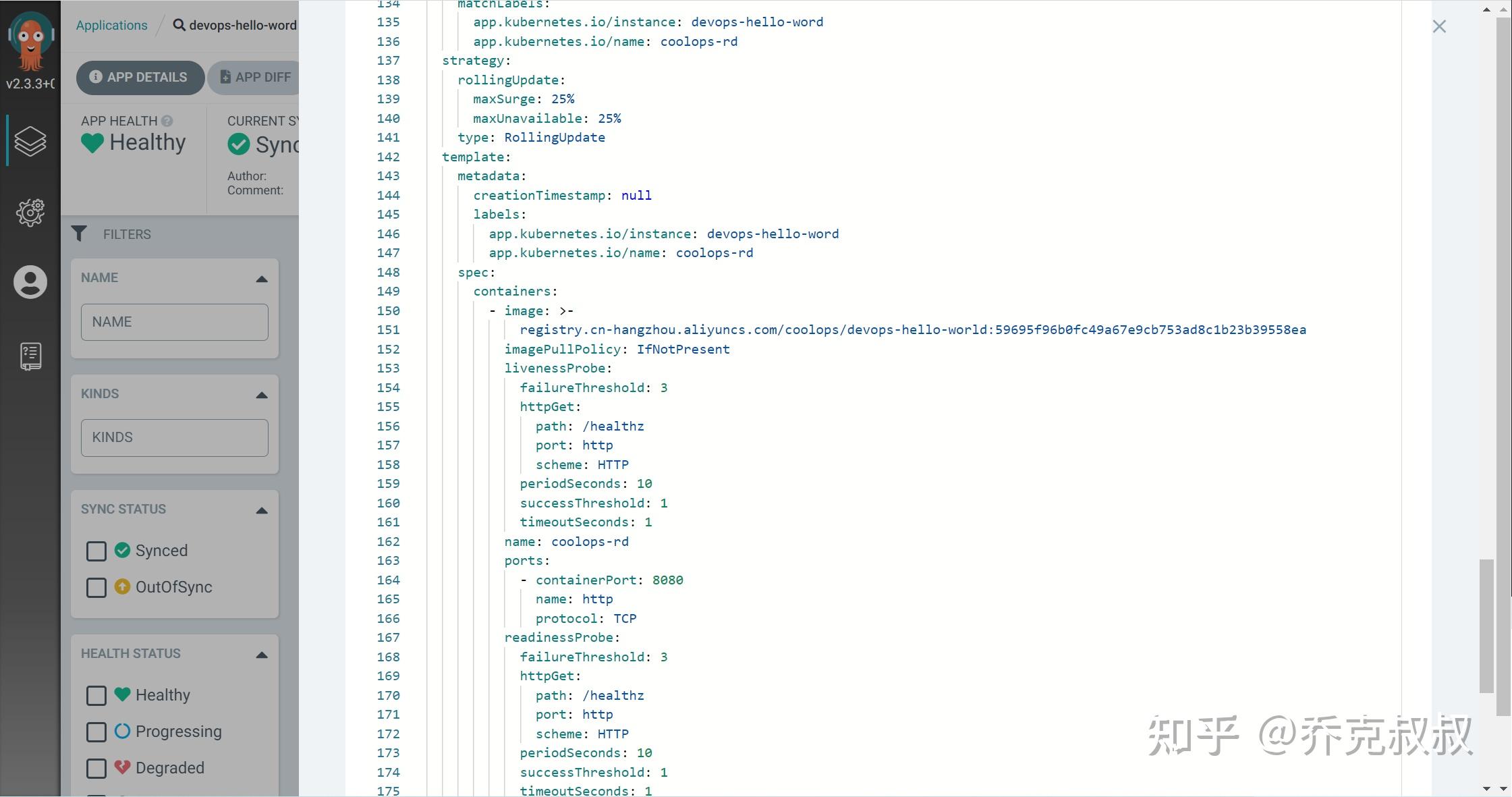What is Tekton? An Overview of the Open-Source Framework
Tekton is an open-source framework that enables developers to create and manage container development pipelines. Hosted on GitHub, Tekton offers a flexible, customizable, and scalable solution for container development, automating various stages of the development process. By utilizing Tekton, developers can streamline their workflows, reducing the time and effort required to build, test, and deploy containerized applications.
Navigating the Tekton GitHub Repository: A Step-by-Step Guide
GitHub is home to the Tekton project, where developers can access the source code, documentation, and community resources. To effectively navigate the Tekton GitHub repository, follow these steps:
Step 1: Accessing the Tekton GitHub Repository
Visit the Tekton GitHub repository at https://github.com/tektoncd/tekton to explore the project’s codebase, issues, and pull requests.
Step 2: Understanding the Repository Structure
The Tekton GitHub repository is organized into several key directories, including charts, docs, plugins, and tests. Familiarize yourself with these directories to locate specific resources:
charts: Contains Helm charts for deploying Tekton components.docs: Includes user guides, reference documentation, and tutorials for Tekton.plugins: Holds plugins for extending Tekton functionality.tests: Provides test suites and configurations for Tekton components.
Step 3: Searching for Specific Resources
To search for a specific resource within the Tekton GitHub repository, use the search bar at the top of the page. You can filter search results by code, issues, or conversations to quickly find what you need.
Getting Started with Tekton: A How-To Tutorial
Tekton is an open-source framework for creating and managing container development pipelines, and GitHub is the hub for its development and community engagement. To get started with Tekton, follow these steps:
Step 1: Install Tekton
To install Tekton, you need a Kubernetes cluster. You can use any Kubernetes platform, such as Minikube, GKE, or EKS. Once you have a Kubernetes cluster, install Tekton using Helm, a package manager for Kubernetes. Execute the following commands:
helm repo add tektoncd https://storage.googleapis.com/tekton-releases helm repo update helm install tektoncd tektoncd/tekton-pipelines --wait Step 2: Configure Tekton
After installation, configure Tekton by creating a Tekton namespace and granting necessary permissions. Run the following commands:
kubectl create namespace tekton-pipelines kubectl apply --filename https://storage.googleapis.com/tekton-releases/latest/release.yaml --namespace tekton-pipelines Step 3: Basic Usage
To create a simple Tekton pipeline, define a Task, a series of steps that execute a specific action, and a Pipeline, a collection of Tasks. Here’s an example of a simple Tekton pipeline that builds and pushes a Docker image:
apiVersion: tekton.dev/v1beta1 kind: Task metadata: name: build-and-push spec: steps: - name: build image: gcr.io/cloud-builders/docker args: ['build', '-t', 'gcr.io/my-project/my-image:${params.TAG}', '.'] - name: push image: gcr.io/cloud-builders/docker args: ['push', 'gcr.io/my-project/my-image:${params.TAG}'] --- apiVersion: tekton.dev/v1beta1 kind: Pipeline metadata: name: simple-pipeline spec: tasks: - name: build-task taskRef: name: build-and-push params: - name: TAG value: 'latest' Step 4: Run the Pipeline
To run the pipeline, create a Tekton PipelineRun:
apiVersion: tekton.dev/v1beta1 kind: PipelineRun metadata: name: simple-pipeline-run spec: pipelineRef: name: simple-pipeline By following these steps, you can get started with Tekton and leverage its capabilities for container development. Real-world examples and use cases include continuous integration, continuous delivery, and automated testing in a containerized environment.
Tekton’s Role in Container Development: A Comparative Analysis
Tekton is an open-source framework for creating and managing container development pipelines, and it has a strong presence on GitHub. To understand its role and advantages in container development, let’s compare Tekton with other popular container development tools and frameworks available on GitHub.
Tekton vs. Jenkins X
Jenkins X is a CI/CD tool built on Jenkins and Kubernetes. While Jenkins X offers a more user-friendly experience, Tekton provides more flexibility and customization options. Tekton’s modular design allows developers to create and manage custom pipelines, making it a better choice for complex projects.
Tekton vs. GitHub Actions
GitHub Actions is a native GitHub CI/CD solution. Although GitHub Actions is well-integrated with the GitHub platform, Tekton offers more flexibility and customization options. Tekton’s compatibility with various platforms and its ability to manage multiple pipelines make it a more versatile choice.
Tekton vs. Kaniko
Kaniko is an open-source tool for building container images in Kubernetes. While Kaniko focuses on image building, Tekton provides a more comprehensive solution for managing container development pipelines. Tekton integrates with Kaniko, allowing developers to use both tools together for a more robust container development process.
Tekton vs. Drone CI
Drone CI is a container-native CI/CD platform. Drone CI offers a user-friendly interface and easy setup, but Tekton provides more customization and flexibility. Tekton’s modular design and compatibility with various platforms make it a better choice for complex projects and environments.
Tekton’s Unique Features and Advantages
Tekton’s unique features and advantages include:
- Modular design, allowing developers to create and manage custom pipelines.
- Compatibility with various platforms, including Kubernetes, OpenShift, and GKE.
- Integration with popular tools and frameworks, such as Kaniko, Jenkins X, and GitHub Actions.
- A strong community-driven development on GitHub, ensuring continuous improvement and support.
By understanding Tekton’s role in container development and its advantages over other popular tools, developers can make informed decisions about which framework to use for their projects. Tekton’s presence on GitHub and its compatibility with various platforms make it a versatile and powerful choice for container development pipelines.
Community and Collaboration: Tekton’s GitHub Project Boards
Tekton is an open-source framework for creating and managing container development pipelines, and its development is driven by a vibrant community on GitHub. One of the key aspects of Tekton’s community-driven development is the use of project boards, which facilitate issue tracking, collaboration, and discussions.
Understanding Tekton’s Project Boards
Tekton’s project boards on GitHub are organized into several categories, such as Good First Issues, Help Wanted, and Contributions Welcome. These categories help newcomers and experienced developers find relevant issues and contribute to the project. By participating in Tekton’s project boards, you can:
- Collaborate with other developers and maintainers.
- Contribute to the development of Tekton.
- Improve your skills and knowledge of container development pipelines.
Getting Involved in Tekton’s Project Boards
To get involved in Tekton’s project boards, follow these steps:
- Browse Tekton’s project boards on GitHub at https://github.com/tektoncd/community/projects.
- Choose a category that interests you, such as Good First Issues or Help Wanted.
- Review the issues in the category and find one that matches your skills and interests.
- Comment on the issue to express your interest and ask for more information, if needed.
- Follow the issue’s instructions and submit your contribution via a pull request.
Benefits of Participating in Tekton’s Project Boards
Participating in Tekton’s project boards offers several benefits, including:
- Collaborating with a diverse group of developers and maintainers.
- Gaining experience in container development pipelines and open-source projects.
- Improving your skills and knowledge in various aspects of software development.
- Contributing to a popular and influential open-source project.
By engaging with Tekton’s community on GitHub, you can help drive the development of the framework, learn from other developers, and enhance your skills. Tekton’s project boards provide an excellent opportunity for developers to contribute to an open-source project and collaborate with like-minded individuals.
Maximizing Tekton’s Potential: Best Practices and Tips
Tekton is a powerful open-source framework for creating and managing container development pipelines, and GitHub is home to its vibrant community and resources. To make the most of Tekton, consider the following best practices and tips, based on insights from the GitHub community and Tekton documentation.
1. Leverage Tekton’s Modular Design
Tekton’s modular design allows you to create and manage custom pipelines. By breaking down your pipeline into smaller, reusable tasks, you can improve maintainability, scalability, and reusability. This approach also enables easier collaboration and sharing within your team or the broader Tekton community.
2. Utilize Tekton Triggers
Tekton Triggers is a component that enables event-driven automation of your pipelines. By using Tekton Triggers, you can automatically start pipelines based on various events, such as code commits, pull requests, or container image updates. This automation can help streamline your development workflows and reduce manual intervention.
3. Engage with the Tekton Community
Tekton’s community-driven development on GitHub offers numerous opportunities for collaboration, learning, and growth. Participate in project boards, issue tracking, and discussions to stay updated on the latest developments, share your insights, and learn from other developers. By engaging with the Tekton community, you can enhance your skills and contribute to the project’s growth.
4. Stay Updated with Tekton Releases
To stay updated with the latest Tekton developments, follow the project’s release notes and announcements on GitHub. By staying informed about new features, bug fixes, and improvements, you can ensure that your Tekton implementation remains up-to-date and takes advantage of the latest advancements.
5. Leverage Tekton Documentation
Tekton’s documentation is an invaluable resource for learning and mastering the framework. Explore the official documentation to understand Tekton’s concepts, components, and usage. Additionally, consult the documentation for troubleshooting guidance and best practices to optimize your Tekton experience.
6. Implement Continuous Integration and Continuous Deployment (CI/CD) Workflows
Tekton is designed to facilitate CI/CD workflows for container development. By implementing CI/CD workflows with Tekton, you can automate your development processes, improve collaboration, and reduce errors. Utilize Tekton’s tasks, pipelines, and triggers to create efficient and effective CI/CD workflows tailored to your project’s needs.
By following these best practices and tips, you can maximize Tekton’s potential and enhance your container development pipelines. Tekton’s presence on GitHub and its community-driven development provide a wealth of resources and opportunities for learning and collaboration, ensuring that you can make the most of this powerful open-source framework.
Staying Updated with Tekton: Following the Latest Developments
Tekton is an open-source framework for creating and managing container development pipelines, and its development is actively tracked and discussed on GitHub. To stay updated with the latest Tekton developments, follow these steps:
1. Follow Tekton’s Release Notes
Tekton’s release notes provide detailed information about new features, bug fixes, and improvements in each release. To access the release notes, visit the Tekton Pipeline GitHub repository and check for updates regularly.
2. Monitor Tekton’s Announcements
Tekton’s announcements, such as major updates, events, or community initiatives, are often shared on the Tekton GitHub repository. To stay informed about these announcements, follow the repository and enable notifications for new posts.
3. Participate in Community Discussions
Tekton’s community actively discusses the framework’s development, features, and usage on GitHub. To join the conversation, visit the Tekton Community GitHub repository and engage in issue tracking, pull requests, or project boards. By participating in these discussions, you can learn from other developers, share your insights, and stay updated on the latest developments.
4. Follow Tekton’s Blog and Newsletter
Tekton maintains a blog and a newsletter to share updates, best practices, and tutorials related to the framework. To access the blog and subscribe to the newsletter, visit the Tekton website and follow the provided links.
5. Join Tekton’s Slack Community
Tekton’s Slack community is an excellent platform for real-time discussions, collaboration, and staying updated on the latest developments. To join the Slack community, visit the Tekton Slack sign-up page and follow the instructions.
By following these steps, you can stay updated with the latest Tekton developments, engage with the community, and make the most of this powerful open-source framework. Tekton’s presence on GitHub and its community-driven development provide a wealth of resources and opportunities for learning and collaboration, ensuring that you can stay informed and contribute to the project’s growth.
Troubleshooting Common Tekton Issues: A GitHub-Based Approach
Tekton is an open-source framework for creating and managing container development pipelines, and its development and support are primarily hosted on GitHub. When encountering issues with Tekton, you can leverage GitHub resources to troubleshoot and find solutions. Here’s a step-by-step guide to help you:
1. Consult Tekton’s Official Documentation
Tekton’s official documentation is an excellent starting point for troubleshooting issues. Visit the Tekton documentation website and search for topics related to your problem. The documentation provides detailed explanations, examples, and best practices to help you resolve common issues.
2. Check Tekton’s Issue Tracker
Tekton’s issue tracker on GitHub is a valuable resource for finding solutions to common problems. Visit the Tekton Pipeline issue tracker and search for keywords related to your issue. You may find existing issues or solutions that address your problem. If you can’t find a solution, consider opening a new issue to get help from the Tekton community.
3. Engage with the Tekton Community
Tekton’s community on GitHub is an excellent resource for seeking help and collaborating with other developers. To engage with the community, visit the Tekton Community repository and participate in issue tracking, pull requests, or project boards. By asking questions and sharing your experiences, you can learn from others and contribute to the Tekton community.
4. Leverage Tekton’s Slack Community
Tekton’s Slack community is a real-time platform for discussions, collaboration, and support. To join the Slack community, visit the Tekton Slack sign-up page and follow the instructions. Once you’ve joined, you can ask questions, share resources, and engage with other Tekton users to find solutions to common issues.
By utilizing these GitHub resources, you can effectively troubleshoot common Tekton issues and find solutions to help you make the most of the open-source framework. Tekton’s community-driven development and support on GitHub ensure that you have access to a wealth of resources and opportunities for learning, collaboration, and growth.







